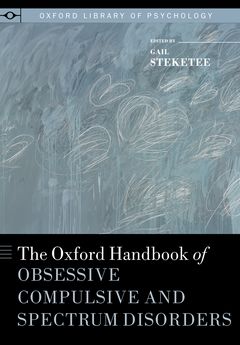
With sections dedicated to phenomenology and epidemiology, biological features, genetic factors, neurological features, and cognitive processing models for understanding how people with OCD and spectrum conditions respond to information. Authors then examine family and social relationships and personality features, and how these factors can affect an individual with an OC spectrum disorder, especially older adults, children, and adolescents. Theoretical models for understanding these disorders and newer experimental therapies for treating them are also presented. A final chapter examines some of the most challenging research issues and understudied aspects of these psychiatric problems, especially hoarding, with hopes that this volume will encourage original research performed by practitioners.
-
R 6,400.00
- EMAIL US
- OUT OF STOCK
- Download Catalogue